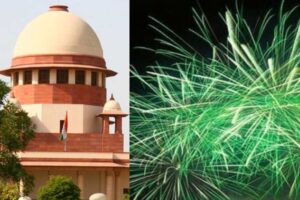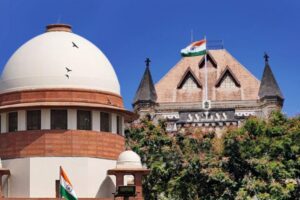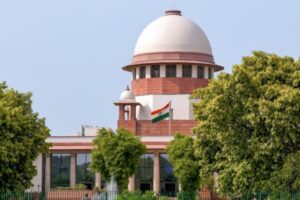
Delving into the Constitutional Conundrum
In a pivotal moment for Indian jurisprudence, a nine-judge Constitution Bench of the Supreme Court, spearheaded by Chief Justice DY Chandrachud, is at the cusp of resolving a longstanding legal quandary. At the heart of the matter lies the question of whether private properties can be classified as “material resources of the community,” potentially paving the way for state intervention to serve the “common good” under Article 39(b) of the Constitution.
Tracing the Legal Tapestry
The genesis of this debate can be traced back to the tumultuous legal landscape of 1978, where conflicting interpretations emerged concerning the nationalization of road transport services. Moreover, the Bench is tasked with elucidating the application of Article 31C, designed to fortify laws enacted to uphold the Directive Principles of State Policy (DPSPs) enshrined in Part IV of the Constitution.
Revolution and Reinterpretation
The narrative took a significant turn with the 42nd Amendment to the Constitution, a landmark development enacted during the Emergency era. This amendment expanded the scope of Article 31C, elevating the priority of all DPSPs, transcending the confines of Article 39(b) and (c). However, the judicial saga continued as the Supreme Court, in the watershed Minerva Mills v. Union of India case in 1980, struck down clauses of the 42nd Amendment pertaining to Article 31C.
The Current Conundrum
Fast forward to the present, the Bench finds itself grappling with the aftermath of the Minerva Mills ruling. The central query pertains to whether the decision merely reinstated the post-Kesavananda Bharati status quo or annulled Article 31C altogether. The urgency to resolve this uncertainty stems from the imperative to maintain constitutional coherence and clarity.
Voices in the Legal Arena
In the courtroom, Solicitor General Tushar Mehta passionately argued for the resurrection of the post-Kesavananda Bharati stance on Article 31C, invoking the doctrine of revival. Conversely, Senior Advocate Zal Andhyarujina, representing the petitioners, asserted that the original iteration of Article 31C was supplanted by the expanded version introduced through the 42nd Amendment.
Navigating the Path Ahead
As the legal discourse unfolds, nuanced perspectives emerge from legal luminaries. Senior Advocate Gopal Sankarnarayanan invokes past precedents to advocate for a broad interpretation of “material resources,” emphasizing the evolving societal needs. Justice Nagarathna echoes this sentiment, cautioning against overreach in state intervention, especially concerning private property rights.
Conclusion: Striking a Balance
Amidst legal deliberations, the Supreme Court stands at a crossroads, tasked with harmonizing individual property rights with the collective welfare of society. The impending judgment holds the promise of charting a path towards a more equitable and just legal framework, embodying the timeless principles enshrined in the Indian Constitution.
Read More: Supreme Court, Delhi High Court, States High Court, Other Courts, International




